A Merry Christmas to my readers.. Here is a post on Biblical Jordan.I was invited by Jordan Tourism Board and was in this fabulous country for a week. Besides the Dead Sea , Petra, Amman , Jerash and Aqaba, I was completely fascinated by Madaba , Mount Nebu and Bethany beyond the Jordan – sites that tell you from the Bible.
My story was published in The Hindu on Biblical Jordan.
Sipping a cup of the strong cardamom-flavoured Jordanian coffee, I see a poster of the Pope looking out into a vacant land covered in mist. Abdul, my guide follows my gaze and smiles. “We are going there now, on the Biblical Jordan tour,” he says.
Bible and Jordan, my mind doesn’t make the connection instantly. The Romans, the Ottomans, the Nabataeans and the Bedouins — they seem to fit in easily as the images of their cities and their cultures float in and out of brochures and books. But it takes me a while to recreate the Jordan of the Old and New Testaments in my head.
Abdul then mentions Moses and John the Baptist and my childhood memories from the school days are stoked. Tales and fables from the Bible, usually narrated and dramatized around Christmas flash in my mind along with names of prophets and apostles.
Our tour is more about stories than just places. We drive through towns mentioned in the Bible, where Moses saw the Promised Land, where John the Baptist met Christ, where Jesus Christ gave his first sermon, where Elijah ascended to Heaven in a whirlwind on a chariot of fire, where Lot’s wife was turned to a pillar of salt. Our tour takes us through the Jordan Valley, from where treasures and tombs have been unearthed from some of the oldest churches.
The first on the agenda is a quaint town called Madaba. Abdul narrates the history, but I am distracted by the colourful shops and the small lanes. Our destination is the 19th century Byzantine church of St George built on the ruins of a 6th century Greek orthodox church that housed one of the biggest treasures of the ancient period — a mosaic of two million pieces of colourful stones that maps almost 150 sites of the Holy Land.
We enter the church and kneel on the floor where the 6th century mosaic map was imprinted facing the altar. Mountains and rivers, villages and towns, imagery and mythology, with captions in Greek give you a picture of the Holy Land and the sites around it as the map stretches from Lebanon to Egypt. There is the Nile Delta, the river Jordan, the Dead Sea with fish swimming away from it, the old town of Jerusalem along with Bethlehem, Jericho, Bethany marked by millions of tiny stones that make up the entire mosaic.
As we scan the floor map we see the world as it was depicted in the Bible centuries ago. Abdul tells us that the mosaic was one of the clues for archaeologists to discover several sites mentioned in the Bible, including Bethany where Christ was baptised and the Holy Land of Jerusalem with its landmarks, monuments and streetscape.
Madaba was destroyed in an earthquake and the floor mosaic was discovered only a couple of centuries ago when the church was rebuilt. As more maps were unearthed in different churches across the city, Madaba earned its sobriquet, City of Mosaics. Local shops sell souvenirs of these mosaics, but the art lives on in showrooms and galleries where artists carefully recreate these mosaics with million pieces of colourful stones.
We move on, listening to more stories and this time we head to Mount Nebo, where it is believed that Moses saw the Promised Land. We are however not so lucky. A veil of mist covers all of Jericho and Jerusalem and the hills and seas around it, as we gaze endlessly into the horizon. This was the last place where Moses halted in his flight from Egypt to the Holy Land and was buried here apparently by God himself. A church was built here around the 4th century only to be rebuilt a couple of centuries later with fragments of the past depicted in the floor mosaic. We spend more time, looking at the montage of stones depicting people, places and symbols while Abdul tells us that six tombs have been found beneath it.
The Serpentine Cross lit by the evening rays of the sun stands here as a tall sculpture, a reminder of the cross where Christ was crucified. It was also a representation of the brass serpent taken by Moses into the desert on God’s orders. We take another glance at Jerusalem, but all we see is a haze of crimson.
We are on the move again and pause to see the colours of sunset bathe the Dead Sea. The water and the horizon are clothed in an endless shade of pink as the sun finally sets in the ocean.
At dawn we drive past the Dead Sea across the Jordan valley, to a place where God first spoke to man. It is believed that somewhere in between the river Jordan and the Tall Al-Kharrar, also known as St Elijah’s Hill, is the Biblical site referred to as Bethany beyond the Jordan where Christ was baptised. The sanctity of the site goes back to the various incidents that the Bible records — Jesus Christ gathered his first disciples and gave his first sermon here
The landscape dramatically changes as the mountains and seas give way to patches of shrubs and forests on dry river beds creating an image of the wilderness portrayed in the Bible.
The remains of an old Byzantine monastery with churches and large pools of water for baptism have been excavated here. The archaeological findings included the cave where John the Baptist had lived, a 3rd century prayer hall along with four other churches built near the river Jordan.
We walk through the dry landscape with patches of green and see the river, now a stream used by people for baptism. As we watch the reflections of the tall grass dancing in the waters, we see a group of people on the other bank, dipping into the holy waters. The river separates the two countries — Israel and Jordan , but as the waters flows and the people baptize with it, you realize that faith has no boundaries.

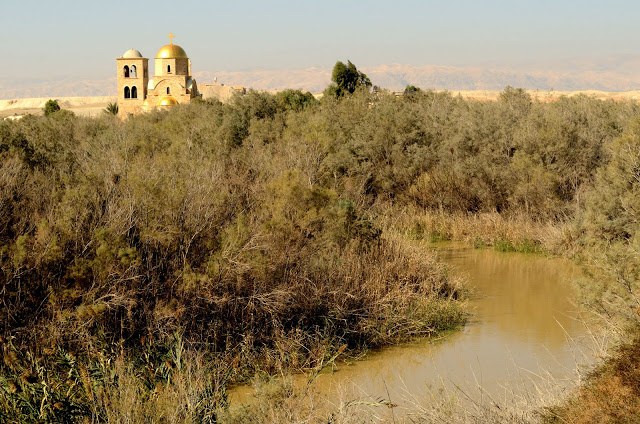
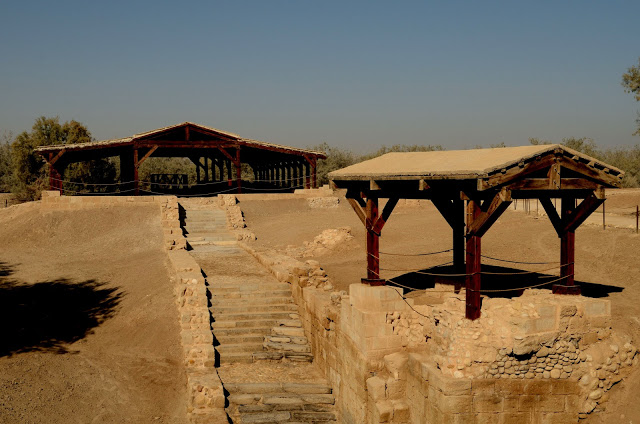
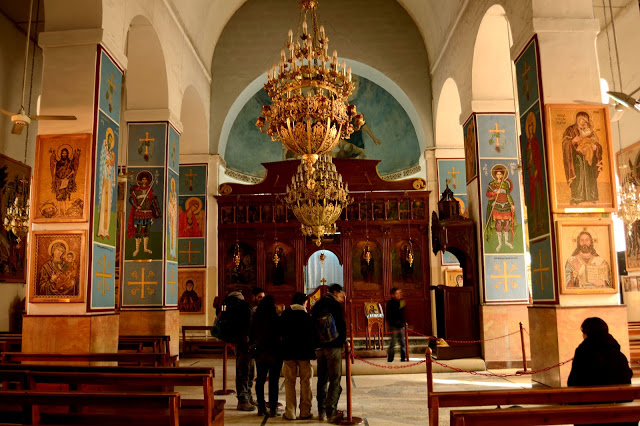
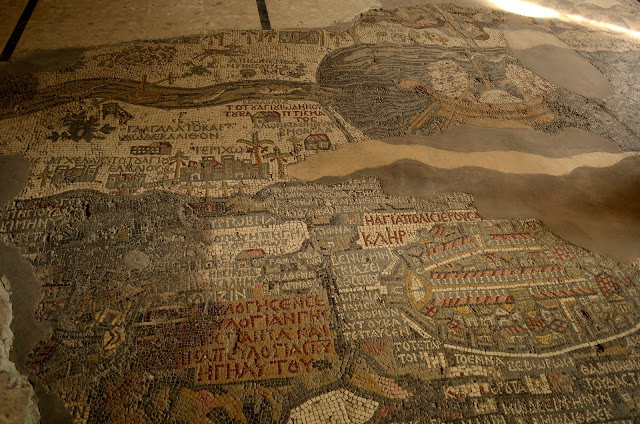
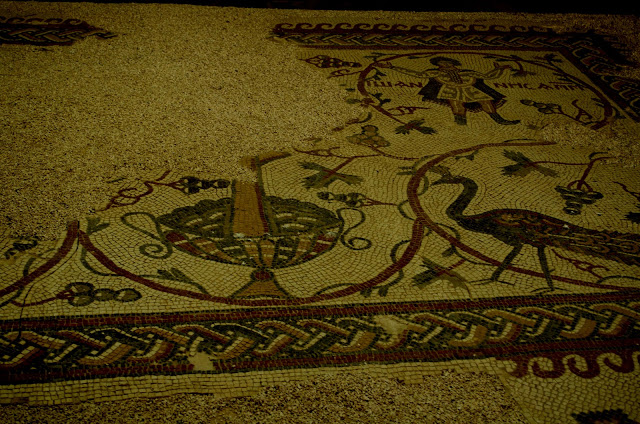
Excellent blog written by Lakshmi, I feel like taking cheap flights to Jordan and discover these places.
Adds one more place to travel wishlist. Nice one.
Wow,this is magical.Very nice pictures of Jordan you have there.I could only wish to go there,maybe someday i will :).Good job.Keep up the good work.